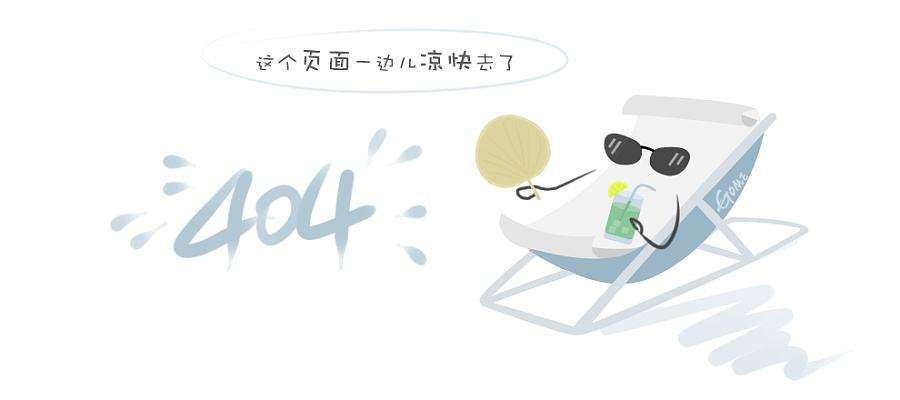first, favorable factors
(i) the policy is positive.
on december 31, 2016, the national development and reform commission and the ministry of housing and urban-rural development jointly issued the “13th five-year national urban wastewater treatment and recycling facilities construction plan”. the plan proposes that by the end of 2020, full urban sewage treatment facilities will be covered, and the urban sewage treatment rate will reach 95%.
the plan is clear: by the end of 2020, urban built-up areas at or above the prefecture level will basically realize full collection and full treatment; the county seat shall not be less than 85%, of which the eastern region shall strive to reach 90%; the established town shall reach 70%, and the central region shall strive to achieve 50% ; beijing-tianjin-hebei, yangtze river delta, pearl river delta and other regions are completed one year ahead of schedule.
at the same time, in the 13th five-year plan period, 125,900 kilometers of new sewer networks, 27,700 kilometers of old sewer networks will be reconstructed, 28,800 kilometers of confluent pipe networks will be reconstructed, and a new sewage treatment facility will have a scale of 50.22 million cubic meters per day. to upgrade the scale of the sewage treatment facilities to a scale of 42.2 million cubic meters per day, initially forming a national unified and comprehensive coverage of urban drainage and sewage treatment supervision system.
(ii) the upgrading of sewage treatment brings new development space for the progress of the industry.
the total amount of sewage treatment in china is relatively large, but there is a certain gap between the standards of effluent water quality and developed countries. with the continuous improvement of society's requirements for the quality of water environment, china still has a large number of sewage treatment plants that need to be upgraded. this will also bring new development space for the overall technological progress of china's sewage treatment industry.
(iii) the process of industrialization and urbanization in china will continue to expand the market for sewage treatment services.
since the reform and opening up, the development of small towns in china has presented a new situation, and the number of small towns has grown rapidly. the rapid development of urbanization continues to put forward higher service requirements for the sewage treatment industry. with the increase of national energy-saving emission reduction efforts, the total number of sewage treatment plants that are put into operation will continue to increase, and the two indicators of market-based operation service increment and retention will be stable at high levels for a long period of time.
in addition, with the urbanization process and the need for small towns to continuously improve their quality of life, on the one hand, small and medium-sized sewage treatment facilities that adapt to the scale of small cities and towns will emerge in large numbers, and their market demand will become stronger; on the other hand, due to water resources increasingly valuable, the configuration mode of a combination of a centralized water regeneration treatment system and a local (cell)-type water regeneration treatment system will be widely used. therefore, the sewage treatment industry will have a good development prospect whether it is in a large city, a small or medium-sized city or a small town.
(d) the sewage treatment under ppp mode is expected to usher in new opportunities for development.
on the one hand, local governments have vigorously promoted sewage treatment ppp projects. for example, of the first batch of 42 projects announced in anhui province in september 2014, 17 were sewage treatment projects. with the implementation of the new environmental protection law and the ten water regulations, local governments have the risk of punishing and increasing environmental pressure. local debt limits the investment space of local governments. finding the right social capital to participate is an optimal choice. on the other hand, the sewage treatment project has a stable cash flow, and it is suitable to use the ppp mode of operation. in the future, the upward adjustment of sewage treatment fees will make the sewage treatment project more attractive to social capital. on january 26, 2015, the national development and reform commission, the ministry of finance, and the ministry of housing and urban-rural development jointly issued the “notice on formulating and adjusting waste water treatment charging standards and other related issues”, clarifying that the city's urban sewage treatment charging standards in 2016 will in principle use water per ton of residents. should not be less than 0.95 yuan, non-residents should not be less than 1.4 yuan, and the county and key towns should be 0.85 yuan and 1.2 yuan respectively.
second, unfavorable factors
(a) the construction of supporting pipe networks still needs to be further accelerated.
urban sewage treatment is a systematic project. only by matching and improving the sewage collection pipe network and increasing the sewage collection rate, can the treatment efficiency of the sewage treatment plant be played and improved, and the goal of pollution reduction can be achieved. compared with the construction of sewage treatment plants, the current penetration rate of urban sewage treatment pipelines in china is low. as a result, many sewage treatment plants fail to achieve effective operation in time and exert environmental benefits, thereby affecting investors’ investment income and investment incentives. .
(b) the degree of specialization in the operation of sewage treatment projects is not high.
for a long time, china's sewage treatment industry has been dominated by direct government operations. the market-oriented operation has a short period of time, the degree of market-oriented operation is not high, and the overall quality and technical level of operations and management personnel are still low, while the industry is relatively lacking. perfect cost constraints and incentive mechanisms have led to greater differences in the control of wastewater treatment costs and technological levels within the industry, and the diversity of companies in the industry has limited the healthy and sustainable development of the wastewater treatment industry.
(3) unbalanced regional economic development and insufficient management of the river basin management have affected the stable development of the sewage treatment industry.
the economically developed coastal areas in the east of china have high levels of social development. they have an urgent need for sewage treatment, and they are at the forefront of the nation, both in terms of infrastructure construction and market-oriented operations. however, in the economically underdeveloped regions such as the midwest, the construction and operating funds of sewage treatment plants are difficult to implement, resulting in low sewage treatment rates and affecting the development of the sewage treatment industry.
with the increase in state financial transfer payments, the sewage treatment facilities in underdeveloped areas such as the central and western regions will be greatly improved. water resources protection, water pollution prevention and emergency response systems based on whole basins are gradually being developed and brought into play. increasing role.
industrial revenue forecasting based on the above factors, we estimate that in 2018, the sales revenue of the sewage treatment and recycling industry will reach 54.7 billion yuan, and the average annual compound growth rate will be about 12.04% over the next five years (2018-2022). the sewage treatment in 2022 will be its recycling and utilization industry sales revenue will reach 86.2 billion yuan.
investment consultant's sales revenue forecast for sewage treatment and recycling industry in 2018-2022

source: china investment advisors industrial research center
industry profit forecast based on the above factors, we estimate that in 2018, the total profit of the wastewater treatment and recycling industry will reach 6.18 billion yuan, and the compound annual growth rate will be about 8.93% in the next five years (2018-2022). the sewage treatment in 2022 will be the total profit of its recycling industry will reach 8.70 billion yuan.
investment consultant's forecast on the total profit of sewage treatment and its recycling industry in 2018-2022

source: china investment advisors industrial research center
source: cic investment advisory network
legal statement: if there is any infringement, clear spring will clear it at the first time
